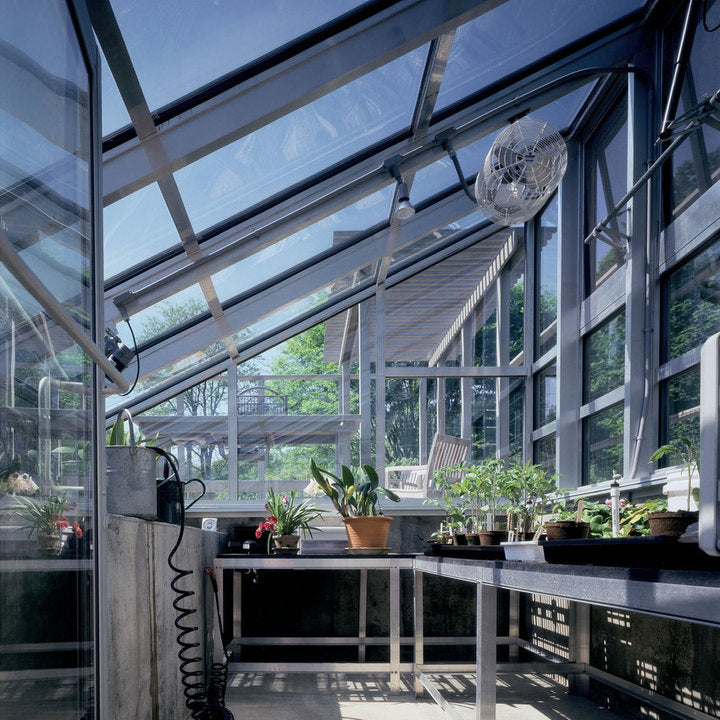Transform Your Home with a Stunning Sunroom

Introduction
A sunroom can be a delightful addition to any home, offering a versatile space that bridges the indoors and outdoors. Whether you use it for relaxation, entertaining, or as a hobby space, the right sunroom design can enhance your home’s appeal and functionality. This guide will walk you through the essential considerations for creating a stunning sunroom.
1. Understanding the Benefits of a Sunroom
Added Living Space:
Multi-Use Room: A sunroom can serve multiple purposes, from a cozy reading nook to a family gathering space.
Seasonal Enjoyment: Enjoy the beauty of all seasons while being protected from the elements.
Increased Home Value:
Investment: A well-designed sunroom can increase the resale value of your home, making it a worthwhile investment.
Curb Appeal: Adds to the aesthetic appeal of your property, making it more attractive to potential buyers.
2. Planning Your Sunroom
Determining the Purpose:
Functionality: Decide how you will primarily use the sunroom. This will guide the design and furnishings.
Location: Choose the optimal location for your sunroom, considering factors like sunlight, views, and accessibility.
Choosing the Right Style:
Four-Season Room: Designed for year-round use, with insulated walls, roof, and windows.
Three-Season Room: Typically used from spring through fall, not fully insulated for winter use.
Solarium: Features glass walls and roof, offering a panoramic view and maximum sunlight.

3. Design Considerations
Size and Layout:
Space Requirements: Plan the size based on the available space and how you intend to use it.
Furniture Placement: Arrange furniture to create a functional and inviting layout.
Materials and Finishes:
Frames and Structure: Choose durable materials such as aluminum or vinyl for the frame. Natural wood can add warmth but requires more maintenance.
Flooring Options: Consider materials like tile, hardwood, or laminate that can withstand sunlight and temperature changes.
4. Windows and Doors
Window Types:
Double-Glazed Windows: Provide insulation and reduce energy costs by keeping the sunroom warm in winter and cool in summer.
Low-E Glass: Coated to reflect heat, helping to maintain a comfortable temperature year-round.
Door Options:
Sliding Doors: Save space and provide easy access to outdoor areas.
French Doors: Add a touch of elegance and allow for wider openings.

5. Climate Control
Heating and Cooling:
HVAC Systems: Extend your home’s HVAC system into the sunroom for consistent temperature control.
Standalone Units: Use portable heaters and fans or ductless mini-split systems for flexible climate control.
Ventilation:
Ceiling Fans: Promote air circulation and can be a stylish addition to the design.
Windows: Ensure windows can be opened to allow for natural ventilation.
6. Decorating Your Sunroom
Furniture Selection:
Comfort and Durability: Choose comfortable seating that can withstand sunlight exposure. Wicker, rattan, and outdoor furniture are popular choices.
Versatility: Opt for furniture that serves multiple purposes, such as tables with storage or sofas that can convert into beds.
Color Scheme and Décor:
Light and Airy: Use light colors and natural materials to create an inviting and spacious feel.
Accents and Accessories: Add personal touches with cushions, throws, plants, and artwork.
Conclusion
A sunroom can be a valuable addition to your home, providing a versatile, enjoyable space that brings the outdoors in. By carefully planning the purpose, style, and design of your sunroom, and selecting the right materials and furnishings, you can create a beautiful and functional space that enhances your home’s value and appeal. Whether you opt for a cozy three-season room or a fully insulated four-season sunroom, the result will be a stunning retreat that you and your family can enjoy for years to come.
